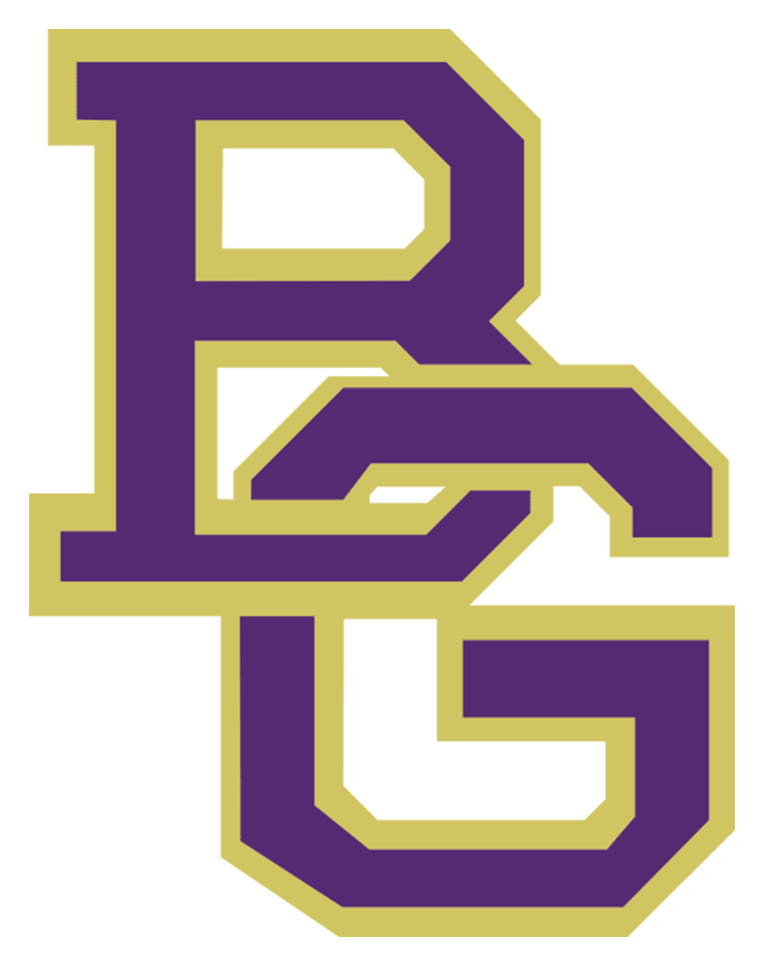FIRST GRADE
Below are the Mastery Learning Targets, or priorities for all first grade students to be successful when they advance to second grade. Mastery (M) of these skills means the student has met the grade-level standard and is independently performing on grade level. Mastery takes time to develop and may take the full school year.
READING
Blends and segments sounds in one-syllable words with consonant blends.
Reads regularly spelled one-syllable words with common consonant digraphs: th- ch- sh- wh-ck.
Reads one-syllable words with short vowels.
Reads one-syllable words with long vowels.
Reads words with endings such as: -s, -es, -ing, -ed.
Reads irregularly spelled words.
Reads and understands grade level text with ease, self-correcting as needed.
Makes and supports inferences by asking and answering questions about what is read. (literary)
Identifies details that relate to the moral of the story.
Describes characters, settings, and major events in a story.
Makes and supports inferences by asking and answering questions about what is read. (informational)
Identifies the central idea of a text.
Forms all upper and lower case letters and numerals correctly.
WRITING/COMPOSITION
Introduces a topic and states the claim in an opinion paragraph.
Provides reasons with details to support the opinion.
Provides a conclusion sentence to support the opinion.
Introduces a topic in an informational piece.
Develops a topic with facts.
Provides a concluding sentence to informational writing.
Uses nouns with matching verbs.
Uses the four types of sentences in writing.
Uses capital letters where appropriate.
Uses correct punctuation where appropriate.
Spells using phonics skills.
Uses context clues to determine the meaning of unknown and multiple meaning words.
MATH
Solves addition and subtraction word problems within 20.
Adds within 10.
Subtracts within 10.
Adds and subtracts within 20.
Counts and represents numbers within 120.
Compares two-digit numbers using the symbols <, > and =.
Adds within 100 and explains the reasoning.
Subtracts groups of 10 from larger groups of 10.
Measures numerous items using non-standard units.
Tells time to the hour and half hour.
SOCIAL STUDIES
Asks questions about the community to better understand how citizens can work together.
Answers questions about the community to better understand how citizens can work together.
Explains ways to be a good citizen within your community.
Explains why it is important to be active in your community.
SCIENCE
Makes observations to explain the effect of light on an object's visibility.
Conducts an investigation to explain how light goes through different objects.
Designs and builds a device that uses light or sound to communicate.
Designs a solution to a human problem using understanding of animal adaptations for survival (mimicry and camouflage).
Describes basic patterns in the sky. (e.g., night/day, sun/moon, patterns of stars).
Makes observations to relate the amount of daylight to the time of year.
